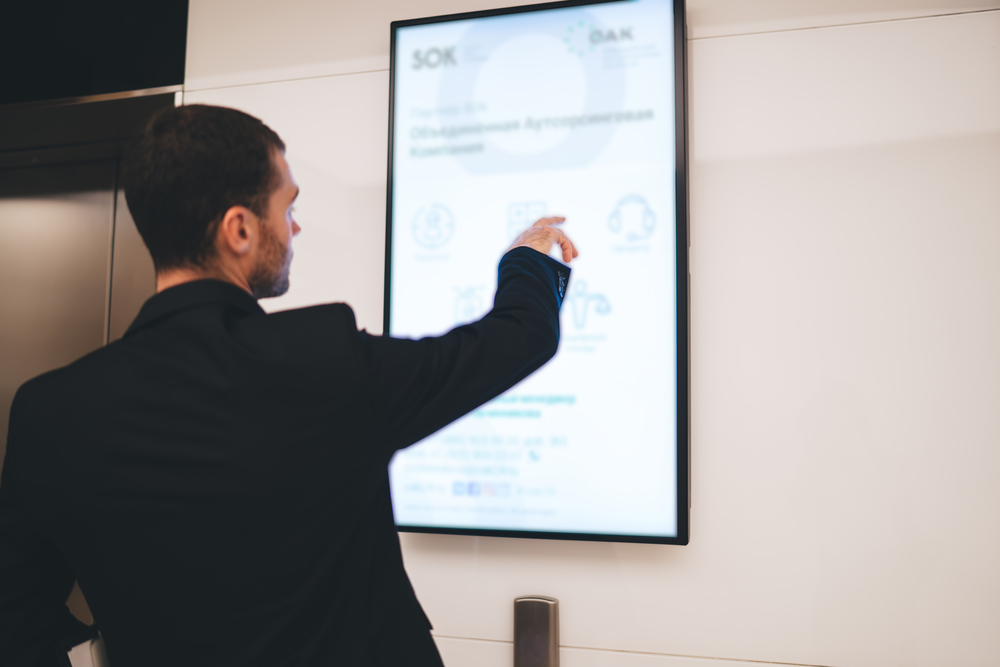Attorneys rely on powerful trial presentations to strengthen their cases.
Attorneys rely on powerful trial presentations to strengthen their cases.
Blog Article
How Trial Presentations Enhance Your Argument and Persuade Jurors
Test presentations offer as a critical device for improving lawful arguments and encouraging jurors. The tactical usage of visuals not only clears up intricate info yet likewise records jurors' attention a lot more effectively than words alone.

Value of Aesthetic Help
Visual help play a vital duty in boosting the performance of trial discussions, as they can dramatically enhance audience engagement and retention of info. In the context of a trial, where jurors are entrusted with processing facility info, aesthetic aids offer to simplify and make clear crucial points. Charts, charts, and pictures can share data and principles that may or else overwhelm or puzzle jurors, enabling for a more uncomplicated understanding of the evidence provided.
Moreover, aesthetic aids aid in preserving juror focus throughout the proceedings. By damaging the uniformity of verbal statement, these tools can stress vital debates, making them more unforgettable. Reliable visual aids can additionally evoke emotional actions, which can be pivotal in convincing jurors to straighten with the presenter's story.

Crafting Engaging Narratives
A compelling story is crucial in trial presentations, as it works as the foundation of reliable persuasion. It allows lawyers to weave with each other realities, evidence, and emotional aspects right into a coherent story that resonates with jurors. This narrative structure makes it possible for jurors to recognize the complexities of the instance while guiding them through the attorney's disagreement.
To craft an engaging story, lawyers should focus on clearness and comprehensibility. This entails developing a clear lead character-- often the customer-- and detailing their journey through the events in question. Presenting the truths in a rational sequence improves comprehension and preserves interaction. Furthermore, the usage of vibrant descriptions can create mental images that help jurors visualize the events, making the story more remarkable.
Moreover, integrating vital motifs throughout the presentation strengthens the core message and aids in retention - trial presentations. The story must not only convey details yet likewise evoke a feeling of justice, highlighting the risks entailed. Inevitably, a well-constructed narrative cultivates a link between the jurors and the instance, placing the attorney's debate as both reliable and compelling, therefore boosting the possibility of a positive decision

Engaging the Court Emotionally
Efficient court involvement hinges on the attorney's capacity to attach with jurors on an emotional level. This connection can dramatically impact jurors' understandings and their utmost decision-making.
Aesthetic aids, such as photos or video clips, can better improve psychological engagement, offering jurors with brilliant depictions of the situation's human elements. Crafting a narrative that highlights the struggles and accomplishments of the individuals entailed makes certain that jurors see beyond the lawful arguments and recognize the human consequences of their decisions.
A lawyer's passionate delivery can reverberate with jurors, enhancing their psychological investment in the case. It's essential to stabilize emotional allures with valid evidence, guaranteeing that jurors feel urged to act while continuing published here to be grounded in the truth.
Structuring Your Discussion

The body of the presentation should be logically fractional into vital points, each sustained by compelling proof. It is helpful to use narration strategies to weave truths right into a narrative that jurors can conveniently comply with. Aesthetic aids, such as graphes and videos, can improve comprehension and interaction, aiding to highlight important pieces of evidence.
Real-World Study
Taking a look at real-world instance researches provides indispensable understandings right into the art of test discussions and persuasion. The protection group effectively utilized a method that incorporated top-level specialist testaments with multimedia presentations, which captivated jurors and ultimately influenced their decision.
Another notable example is the "McDonald's Coffee Case," where the plaintiff's attorneys utilized visuals photos of the injuries suffered by Stella Liebeck. trial presentations. This plain visual evidence played a vital function in communicating the intensity of her burns, causing a considerable jury award. Such cases demonstrate that impactful test discussions commonly depend upon the efficient assimilation of visuals and narration to stimulate emotional responses from jurors
Moreover, the "Casey Anthony Test" highlighted the relevance of narrative coherence reference and integrity. The prosecution's failing to develop a compelling timeline decreased their convincing power, highlighting the need of a well-structured discussion. Assessing these instances exposes that successful trial presentations call for calculated planning, psychological interaction, and the capability to reverberate with jurors' worths and ideas.
Conclusion
Test presentations significantly boost disagreements and persuade jurors via the tactical usage of aesthetic aids, engaging narratives, and psychological engagement. By streamlining complicated details and fostering links with the audience, these components create an unforgettable and impactful experience. A well-structured presentation equilibriums sob stories with factual evidence, inevitably resonating with jurors' worths. The integration of these see page strategies not only affects decision-making but additionally highlights the relevance of effective interaction in the courtroom.
Report this page